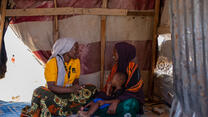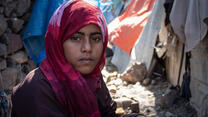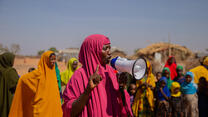Urban areas are now home to over half the global population as well as two thirds of the world’s refugees and internally displaced people (IDPs). Increasingly, cities and peri-urban areas have become the forefront of humanitarian response, diverting from the traditional paradigm of relief provision in rural and camp settings. The protracted refugee crisis in Syria has highlighted unique challenges and opportunities facing humanitarian efforts in complex urban environments, suggesting a need for greater innovation to respond effectively to the evolving economic and protection challenges faced by displaced persons. Economic insecurity, discrimination, and marginalisation increase the protection risk for the displaced as they seek income-generating opportunities, creating a need for a more integrated approach to livelihoods initiatives. This guidance note provides ten core principles that practitioners can follow when aiming to integrate livelihoods and protection programming in urban humanitarian response, with a focus on supporting economic outcomes for beneficiaries. Key actions in program design, illustrative performance indicators, notes on sustainability, and brief case examples are included. While the note is derived from experiences serving Syrian refugees in Lebanon and Jordan, its principles were chosen from a global desk review of relief efforts in urban humanitarian settings to provide informed guidance that has universal applicability.
Report
Explore related topics:
Related news & features
Our efficiency
- 87% Program services
- 7% Management and general
- 6% Fundraising
Join our mailing list
Get the latest news about the IRC's innovative programs, compelling stories about our clients and how you can make a difference. Subscribe
International Rescue Committee is a 501(c)(3) not-for-profit organization. EIN number 13-5660870.
Copyright © International Rescue Committee, 2025.



